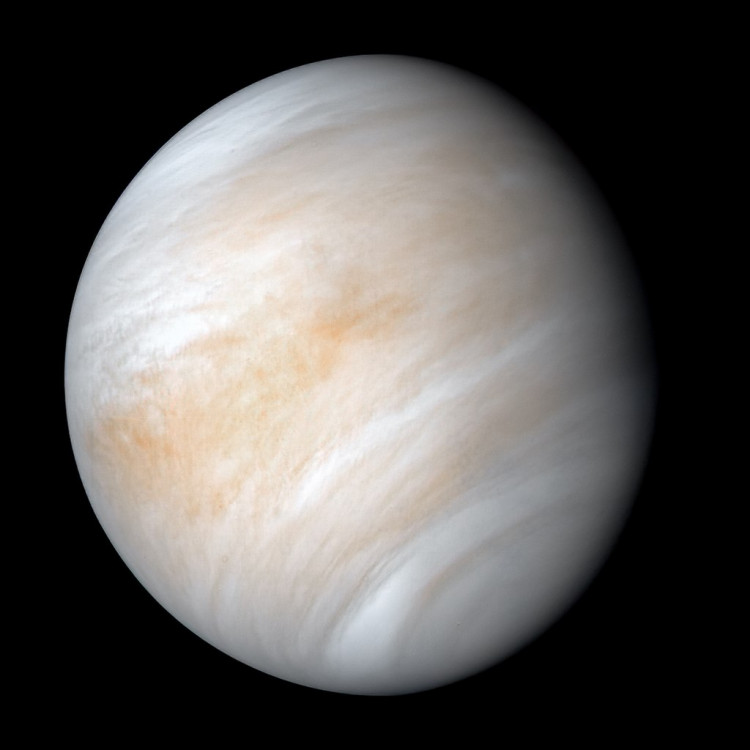Researchers have developed a new understanding of the probable operation of Venus' complicated atmosphere using new computer techniques.
Venus is the most similar to Earth's twin of all the planets in the solar system. Both bodies are almost the same size, and Venus' composition is very similar to that of Earth. Venus has the closest orbit to Earth of all the planets in the solar system. Both worlds have thick atmospheres with clouds and very young surfaces.
Venus is covered in dense clouds that are primarily sulfuric acid. The planet becomes the third-brightest object in the sky after the sun and moon because these clouds reflect the majority of the sunlight that strikes it. However, ultraviolet light has also been detected in the atmosphere by spacecraft and ground-based investigations.
Following the application of sophisticated computational modeling, a group of scientists now propose a new route for the formation of disulfur, an allotrope of sulfur consisting of two sulfur atoms, within the clouds of Venus.
Within the Venusian atmosphere, disulfur promotes the production of other sulfur allotropes and, ultimately, cyclic, or ring-structured, molecules of eight sulfur atoms. This sulfur can absorb ultraviolet light.
The researchers believe that breaking down sulfur dioxide (SO2) by sunlight to form sulfur monoxide (SO) and disulfur monoxide (S2O) is a much faster way to form disulfur than combining separate sulfur atoms.
Working with chemicals and compounds found in the Venusian atmosphere, such as sulfur, chlorine, and oxygen, can be difficult and sometimes dangerous, so computational methods are very useful in this context.
“For the first time, we are using computational chemistry techniques to determine which reactions are most important, rather than waiting for laboratory measurements to be done or using highly inaccurate estimates of the rate of unstudied reactions,” James Lyons, a senior scientist at the Planetary Science Institute and one of the paper's authors, said in a press release.
"This is a new and very much needed approach for studying the atmosphere of Venus."
Although the identity of the absorber is still up for debate, sulfur chemistry is regarded to be quite probable to be involved. It has been suggested that the enigmatic UV absorber is composed of triatomic and tetratomic allotropes of sulfur, the latter of which also develops from disulfur.
The team, which includes researchers from the University of Pennsylvania, Universitat de València, and the Institute of Physical Chemistry Rocasolano in Madrid, Spain, asserts that computational models, or "ab initio chemistry," used to identify potential reactions, may also pave the way for using the method to better understand the complex chemistry of Venus.





